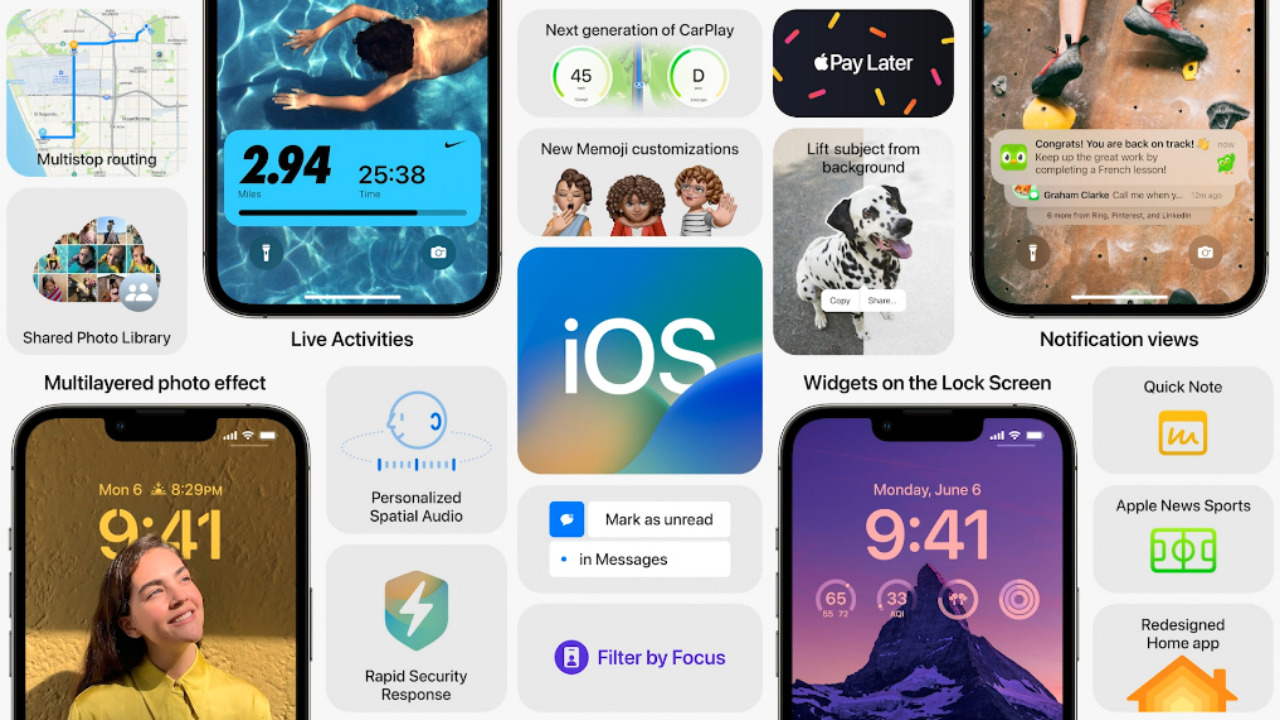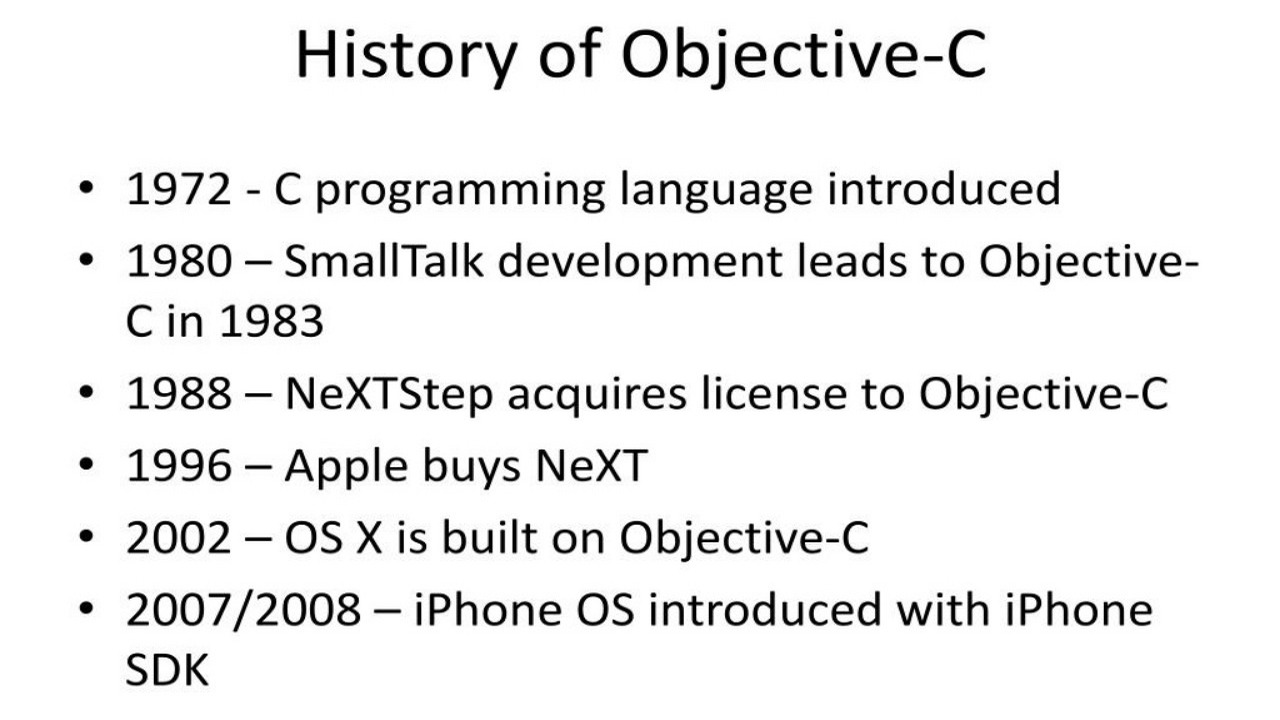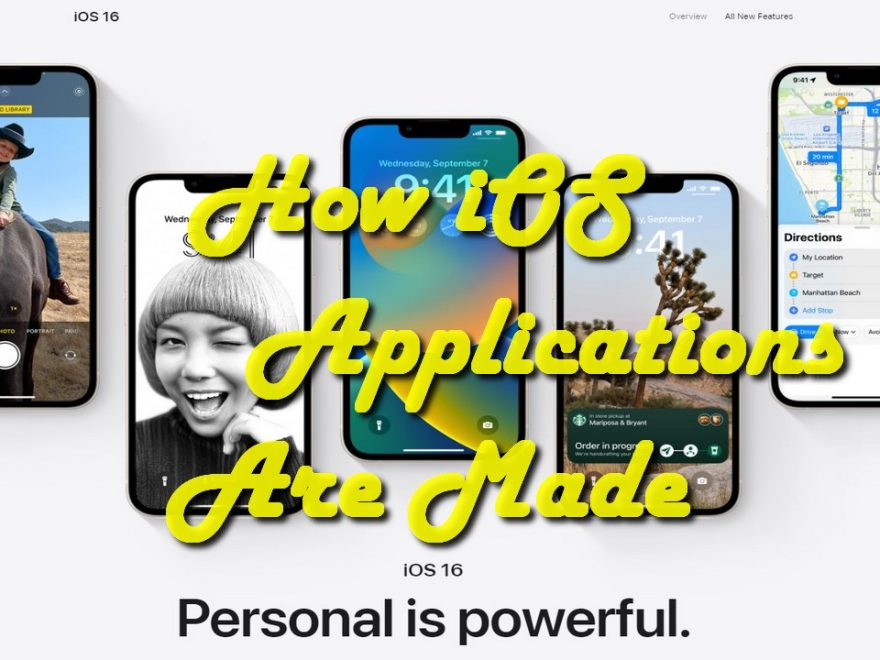Before we get directly to the topic of iOS application development, we should talk about the necessary tools to build iOS applications efficiently. The programming languages Objective-C and Swift are used to develop programs for iOS. They are the main languages for writing iOS applications. These languages are object-oriented and give an opportunity to group similar tasks in the process of writing code, which greatly accelerates and simplifies the work of developers.
Also, to create a fabulous app, you should know what kind of applications there are and why they are created. Below you will see how applications can be divided.
Types and Directions of Applications

Native apps, which focus only on one specific Android or iOS platform. Such apps are quick to install, easy to work with, and fully interact with the technical capabilities of the gadget without depending on an Internet connection. Developing a native app has a higher price tag and is considered a forward-thinking strategic move.
Best cross platform apps are created for multiple platforms at once. They use the JavaScript programming language and its frameworks, on which projects for different platforms can be implemented. Cross-platform development is suitable for non-customized projects and can be just as effective, but less costly in resources.
The Purpose of iOS Applications

In addition to the technical characteristics, it is necessary to mention the type diversity. Applications can be divided into many groups, such as:
Entertainment (games, image processing, audio, and video formats).
Assistants (information search, weather applications, etc.).
Informational (news, events, etc.)
Social networks
Leisure (sports, hobbies, travel).
E-commerce – mobile online stores (the ability to buy through apps).
B2B applications in the structure (internal control systems and organization of processes within the company).
Each group has its own peculiarities and allows the full potential of a business, entertainment, or public project.
For example, creating an app for a restaurant is one of the main components of the success of the entire restaurant business, whether it is a small coffee shop or a chain of fancy cafes. A mobile project will perform several important functions: attract the attention of new customers, increase sales, maintain the interest of the existing clientele, increase business profitability, and effectively and easily manage one or a chain of restaurants.
Process of iOS mobile app development
iOS app development is performed in fairly standard and at the same time unique for each case. The process involves planning, research, and a clear focus. In order for an app to be successful, a number of steps must be properly followed during its development.
Objective-C programming language

Objective-C is an older language. It was first introduced in the 1980s. Gradually it was perfected and became basic for Apple devices, therefore using Objective-C you can create applications for any technique of “Apple” corporation. The advantages of this language include a high degree of code support, a huge base of training materials and a large community, similarity with the family of languages C, and compatibility with the “younger” language Swift.
The Objective-C language is fully compatible with C and C code compiles. The Objective-C compiler is part of GCC and is available on most major platforms. The language is used primarily for the two implementations of the OpenStep object-oriented interface, MacOS X (Cocoa) and GNUstep.
It is worth mentioning that this language is also message-oriented, unlike C++, which is function-oriented. In Objective-C, method calls are not interpreted as function calls, but as sending a message (with name and arguments) to an object, just like in Smalltalk. This system provides a number of advantages – any object can send any message. Thus, instead of processing a message, an object can delegate its authority to another object to do the processing. In this way, it is easy to implement distributed objects that are in different spaces. Messages are bound to the corresponding function right at runtime.
In the language, the notion of object interface and protocol have a clear distinction. Multiple inheritances are supported for protocols and non-multiple inheritance for objects. An object can inherit from another object and support multiple protocols.

